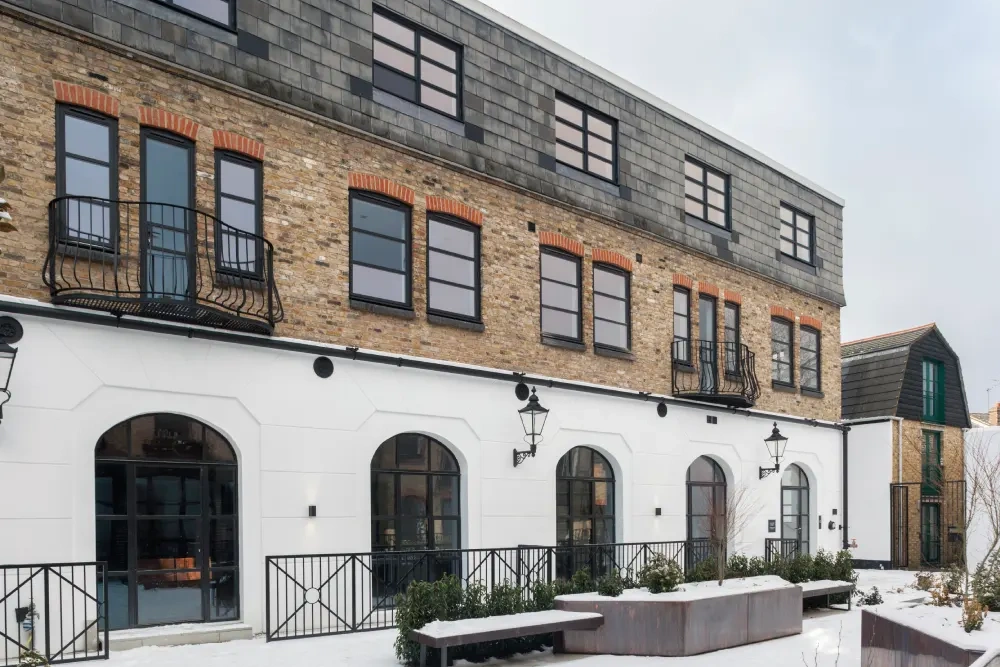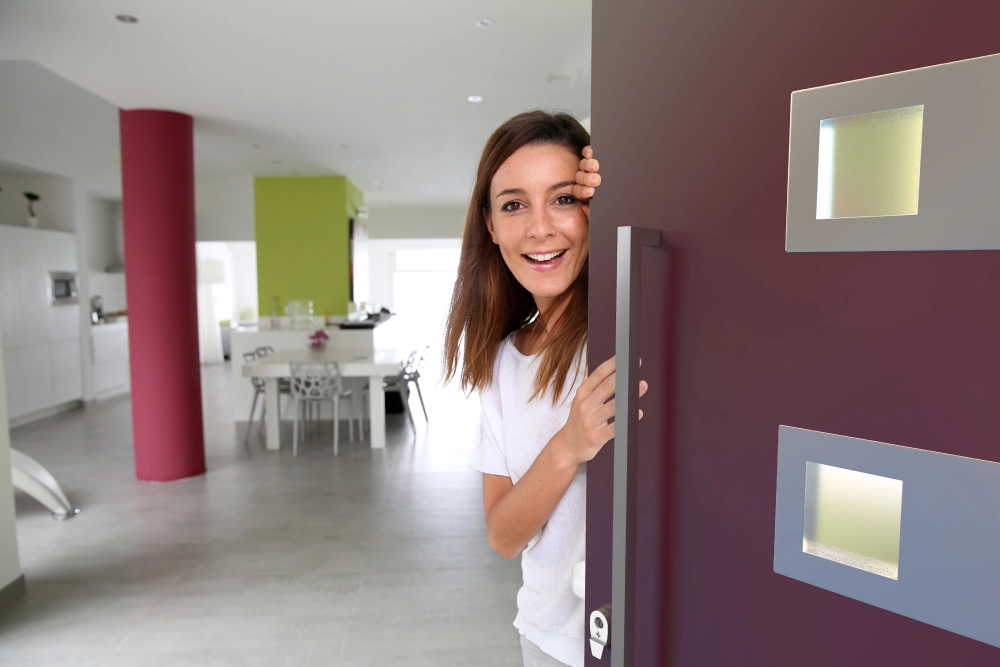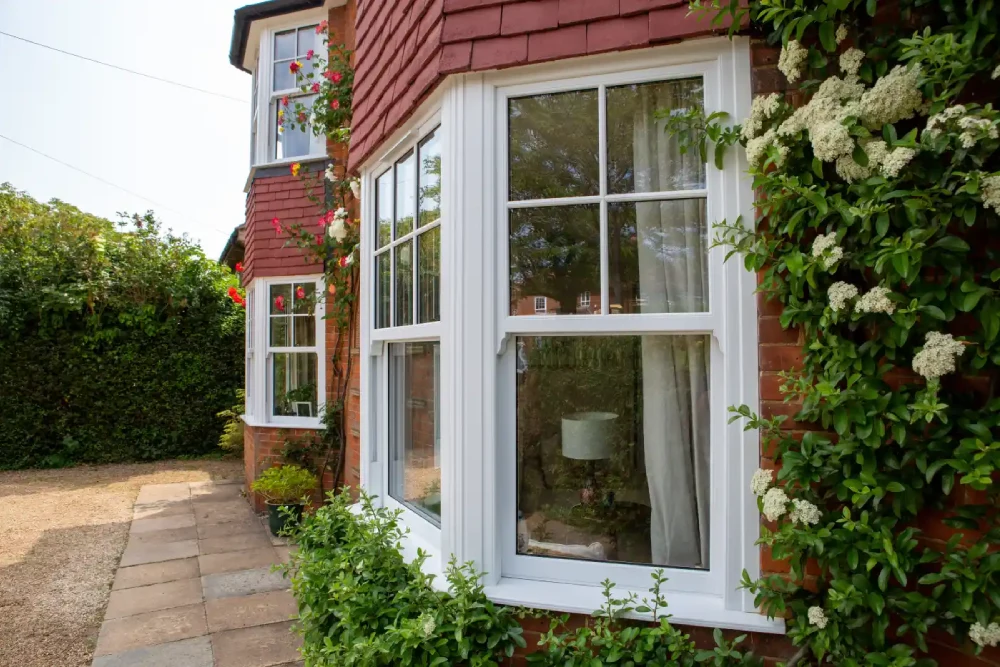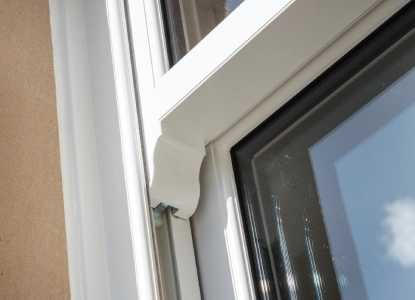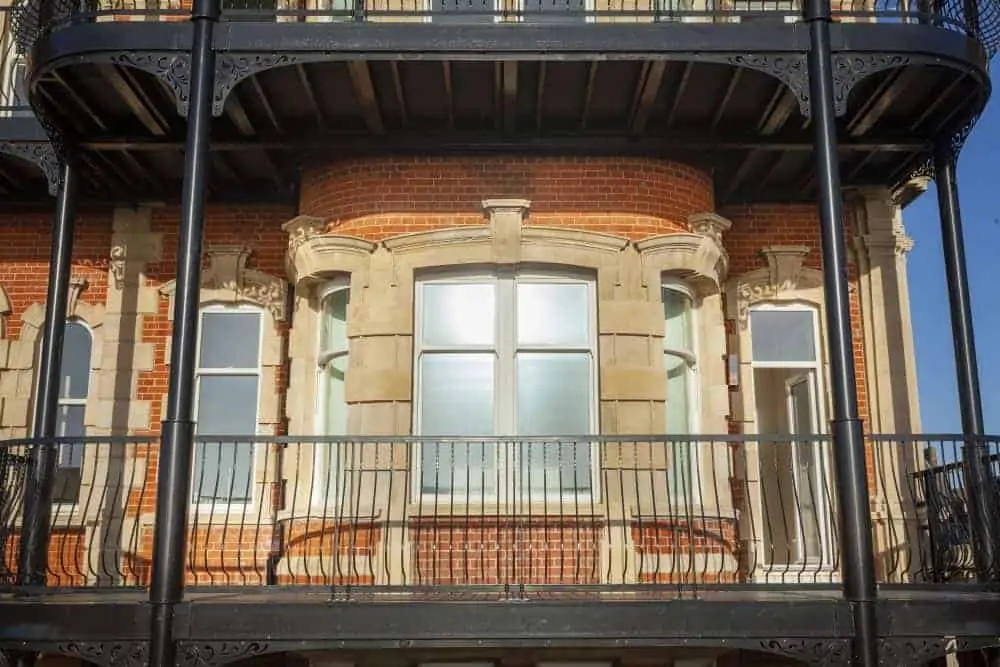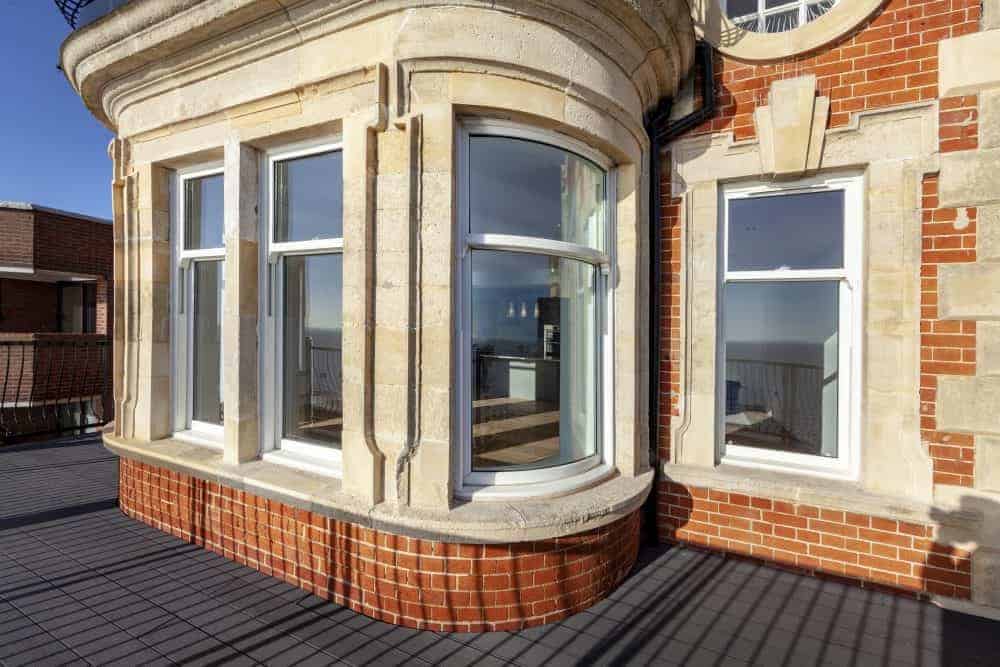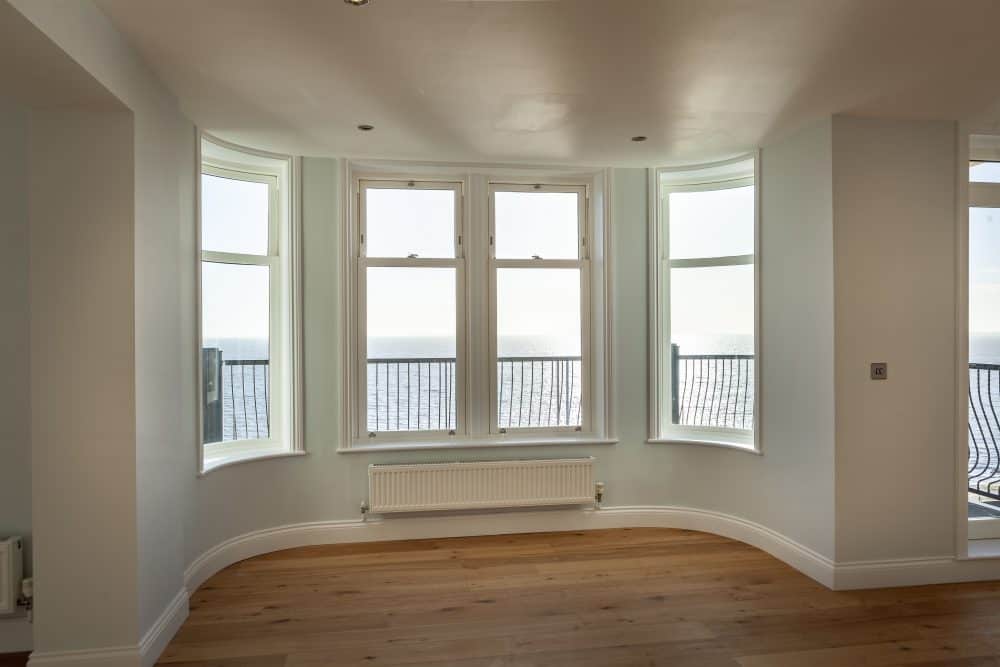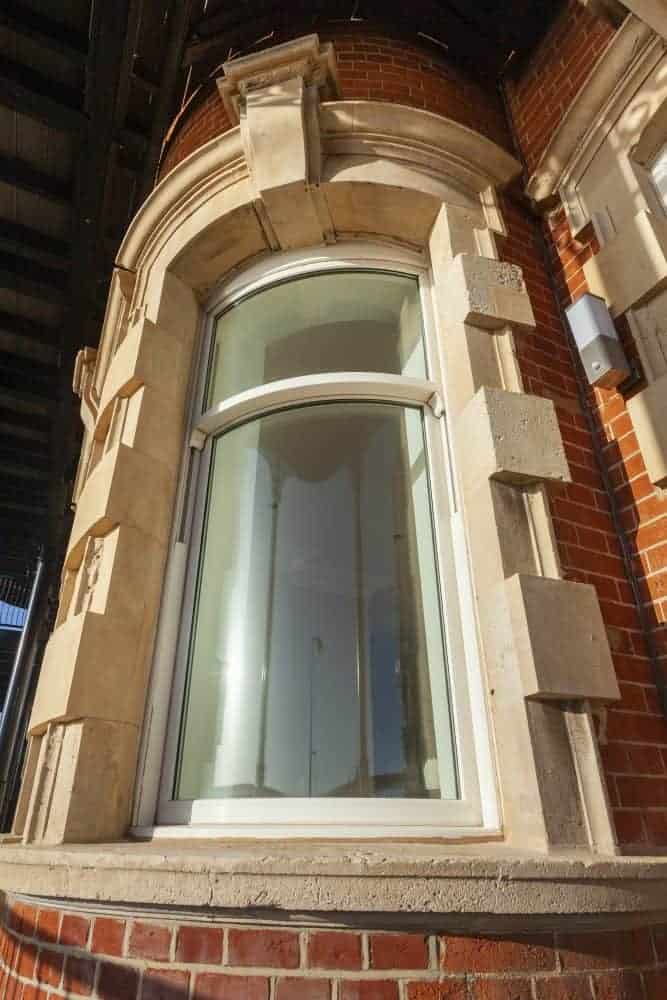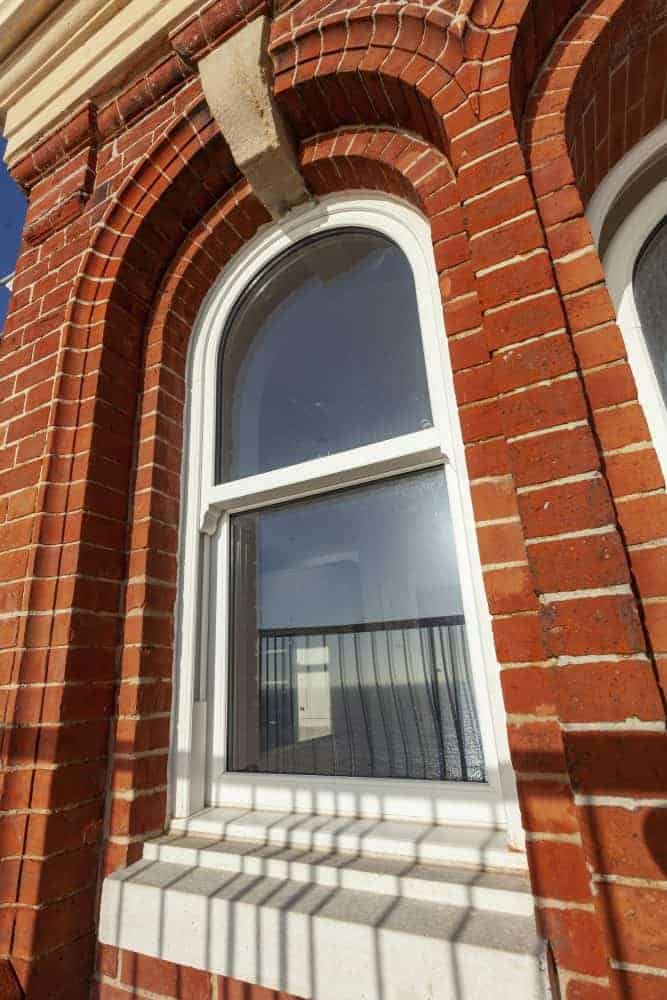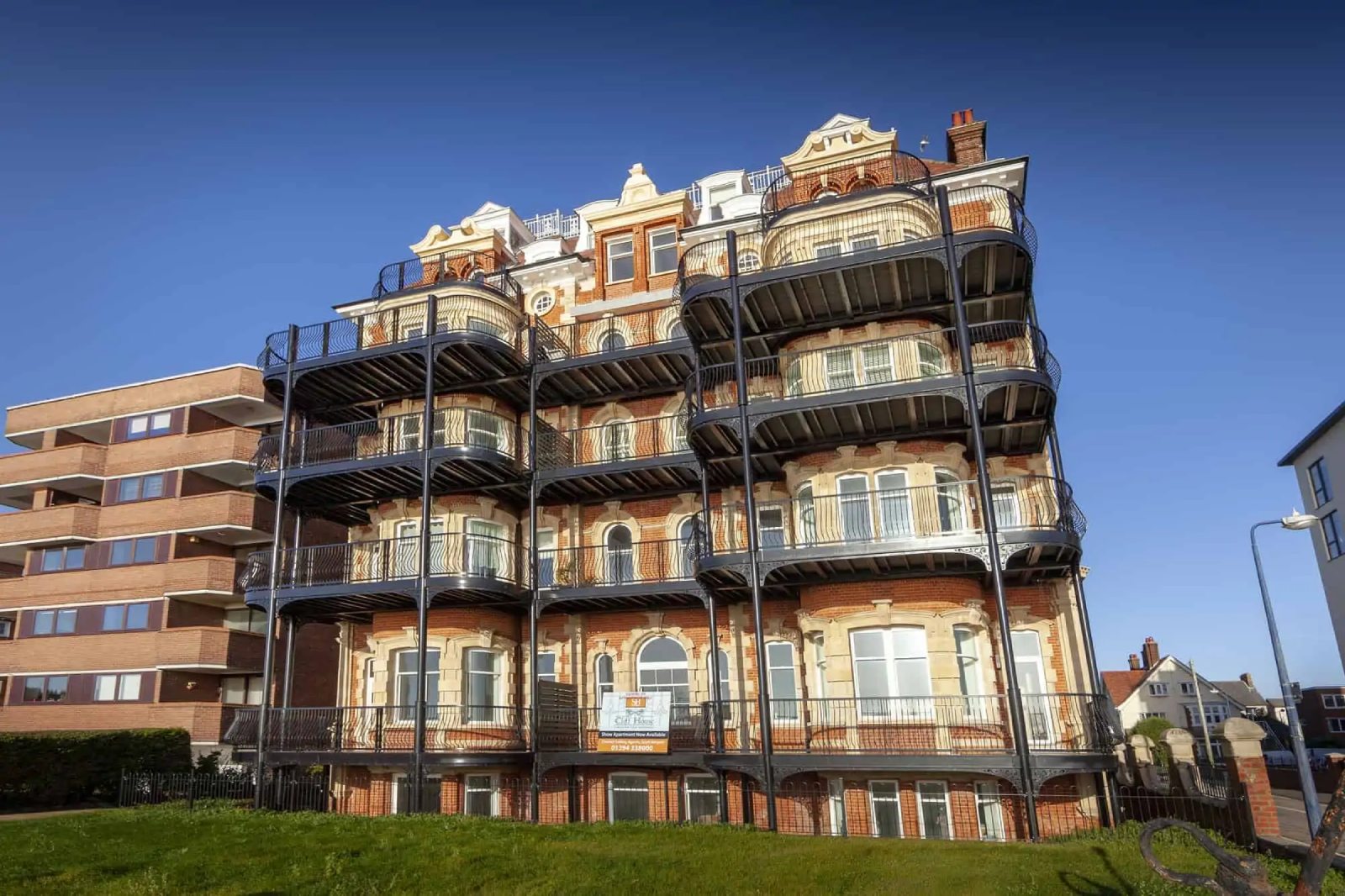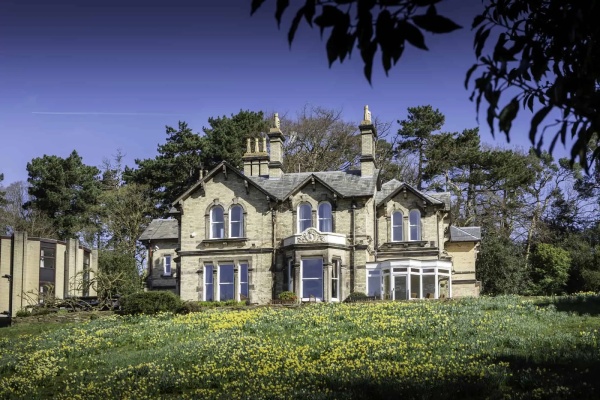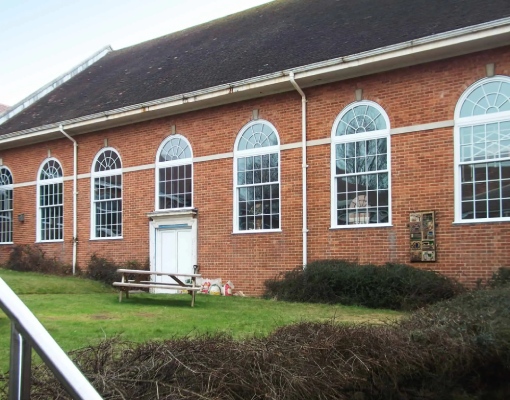Why Aluminium is the Future of
Eco-friendly Construction.
The Lay of the Land – Where the Industry is Today
Before we can get a full picture of the benefits of using aluminium, it’s useful to have an idea of the problems facing the construction industry today, specifically with regards to its sustainability credentials and carbon footprint. From there we can see where there is room for improvement, and where the alternatives provide them. The UK Green Building Council has stated that the built environment accounts for nearly 50% of C02 emissions produced by the UK. This includes not only the construction but the maintenance and operating costs, too. So, let’s take a quick look at where we stand today and the problems facing the industry’s transition to a greener model.
- Concrete – The cause of 8% of global emissions – almost triple the aviation sector. Moreover, for every tonne of concrete used, 134.8kg of C02 is released into the atmosphere.
- Steel – Double the amount of C02 is released compared to the quantity of steel produced. So, for every tonne of steel, that’s 2 tonnes of C02.
- Timber – 80,000 acres are lost every single day to deforestation.
- Cement – In order for the cement industry to meet the Paris Climate Agreement, it must reduce emissions by 16% by 2030.
- Waste – A staggering one quarter of all the materials used in construction each year are wasted; 13% just get sent directly to landfill sites.
Illuminating Aluminium: Key Features
Habitat Rehabilitation
Aluminium is created from bauxite ore, a process which takes place from sites across the globe. A survey in 2002 found that 83% of the mined areas around the world concerned with bauxite ore were rehabilitated after use and that 97% of bauxite operations had rehabilitation strategies in place. There is no method possible of pulling things out of the ground without having a detrimental effect on the surrounding habitat, so it’s vitally important for sites of heavy industry to have something in place to return the habitat to its original state once the operations have ceased.Lightweight
Steel may be the stronger of the two metals but aluminium has a much better strength-to-weight ratio. There is a rule of thumb in the boat-building trade that states aluminium is roughly half the strength of steel and about a third of its weight. This attribute has obvious advantages when applied to the construction industry.Corrosion Resistance
There is a good functional reason for aluminium being used on so many exteriors of buildings these days: in most environments, aluminium alloys are incredibly resistant to all kinds of weather conditions and are excellent at corrosion resistance. Another good place to see this in action is its proliferation in the fizzy-drink can market.Strength
Some aluminium alloys are also considered high strength, even compared with steel. This, in conjunction with its durability, makes it the ideal candidate for a huge number of tasks where strength and longevity are decisive factors. Its strength also gives building designers flexibility when it comes to floor-planning.Recyclable
Aluminium can be recycled infinitely, while maintaining the same structural performance. This benefit is two-fold, as it saves on the amounts of raw materials needed to begin with whilst also massively reducing the carbon used for its preparation – for every tonne of aluminium recycled, 9 tonnes of C02 emissions are saved.
Non-flammable
According to BS 476, the regulation pertaining to the fire resistance of different elements of construction, aluminium has been designated non-combustible: after prolonged exposure to fire or extreme heat, the metal will start to melt – not burn – after reaching its melting point.
Building Ratings Potential – Making the Grade
Thermal control
Daylight optimisation
Renewable energy production
Energy performance
Acoustics
Raw and recycled material sourcing
The Climate Alloy Ally
Making any choice is the same: you weigh up the positives; consider the negatives and come to a conclusion. No use of a resource will ever come without its correlative negative impact – a truth that is becoming more relevant with each passing day – and so the task ahead of us is to decide which material’s benefits outweigh the damage they cause. When viewed along these lines – and it may well be that the time for that perspective is now – it is hard to see why aluminium isn’t a permanent fixture to the conversation.
To find out how you can take advantage of Mercury’s aluminium products please get in touch today.
Cliff House, Felixstowe
VIEW PROJECTFoxhill House, Chester
VIEW PROJECTUniversity of Sussex, Brighton
VIEW PROJECTVarndean College, Brighton
VIEW PROJECTFrom sash windows to aluminium bifold doors, our high-quality products are engineered and manufactured right here in Britain. We work with fellow UK-operated companies, Spectus Window Systems, Smart Systems, and Jack Aluminium Systems, to deliver only the very best to our trade, commercial and residential customers.
How much do French doors cost to install in the UK?
The cost of installing French doors in the UK varies depending on the size, material, and design. At Mercury Glazing, we offer competitive pricing tailored to your specific needs. Please contact us for a personalised quote.
How to fit door handles?
Fitting door handles can be a straightforward process. First, measure and mark the position on the door, drill the necessary holes, then attach the handle with screws. For detailed instructions or professional fitting services, feel free to reach out to us.
What are composite doors made of?
Composite doors are crafted from a combination of materials, including PVC, wood, insulating foam, and GRP (Glass Reinforced Plastic). This blend ensures strength, durability, and thermal efficiency.
What are composite doors?
Composite doors are high-quality doors known for their robustness, energy efficiency, and security. They are an excellent choice for those seeking a durable and aesthetically pleasing option.
Do composite doors fade in the sun?
Our composite doors are designed to resist fading, even under prolonged sun exposure, thanks to their high-quality materials and construction.
How to adjust composite doors?
Adjusting a composite door usually involves aligning the hinges and lock mechanism. If you're experiencing issues, we recommend contacting a professional for assistance to ensure optimal performance and avoid damage.
How to replace patio doors?
Replacing patio doors involves removing the old doors, preparing the opening, and installing the new doors. It's a task best handled by professionals to ensure a perfect fit and functionality.
How much do patio doors cost?
The cost of patio doors varies based on size, material, and design. Contact us at Mercury Glazing for a bespoke quote that matches your specific requirements.
How much are French doors?
The price of French doors depends on the material, size, and design details. We offer a range of options to suit various budgets. Please get in touch for a tailored quote.

